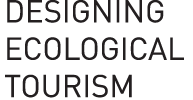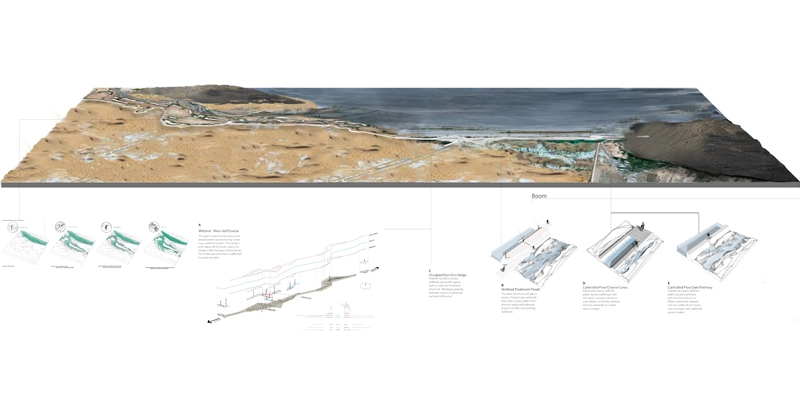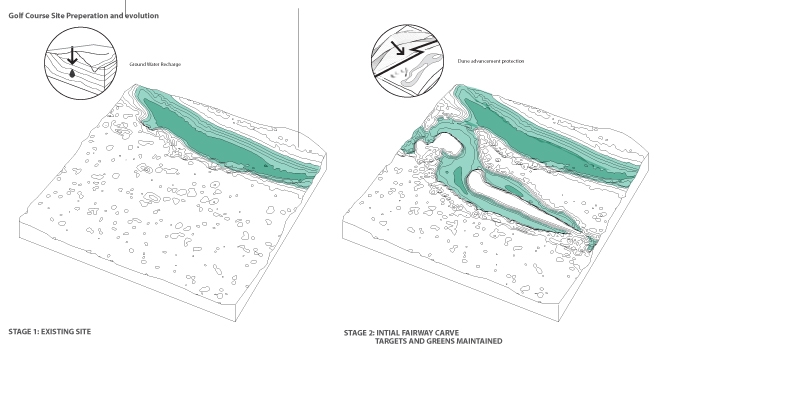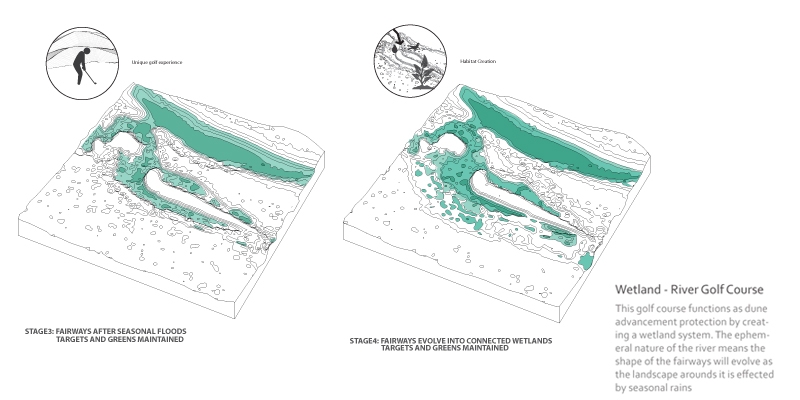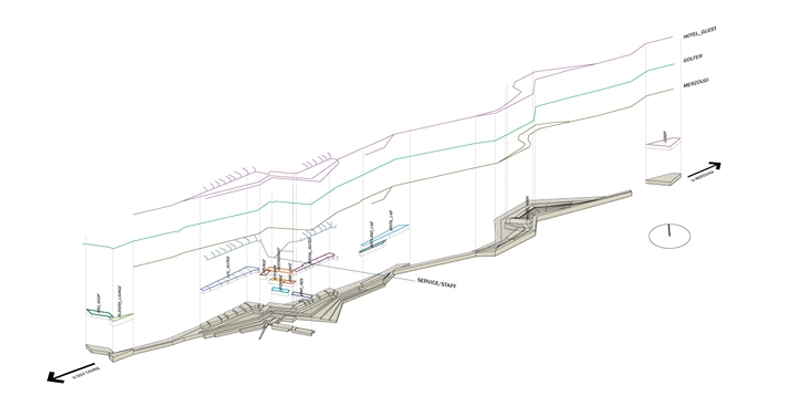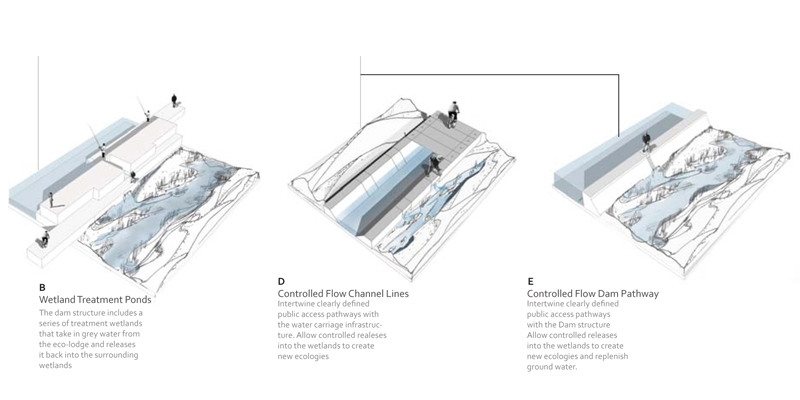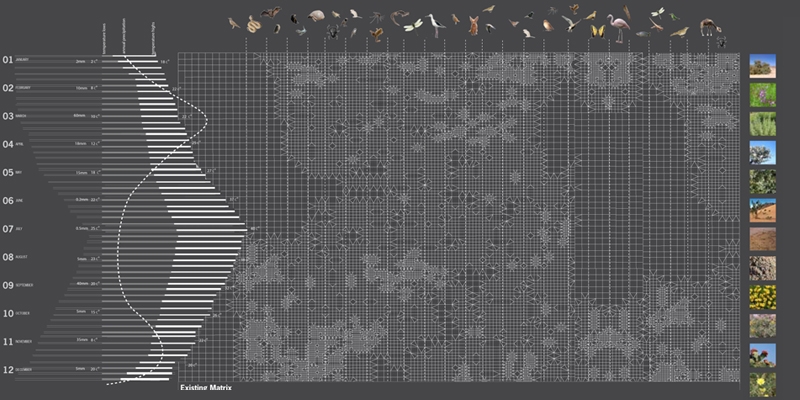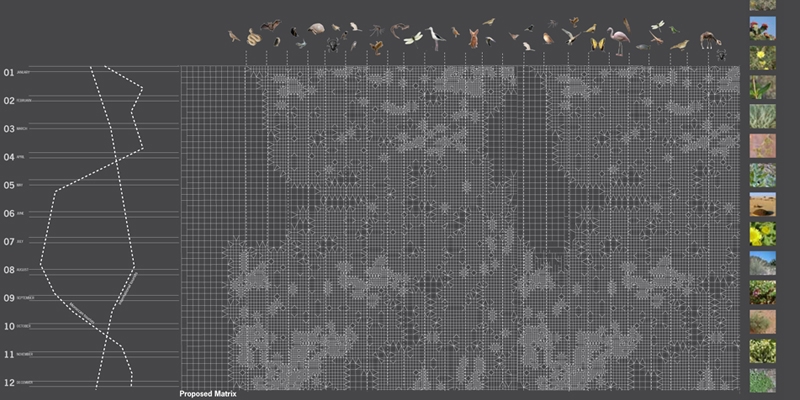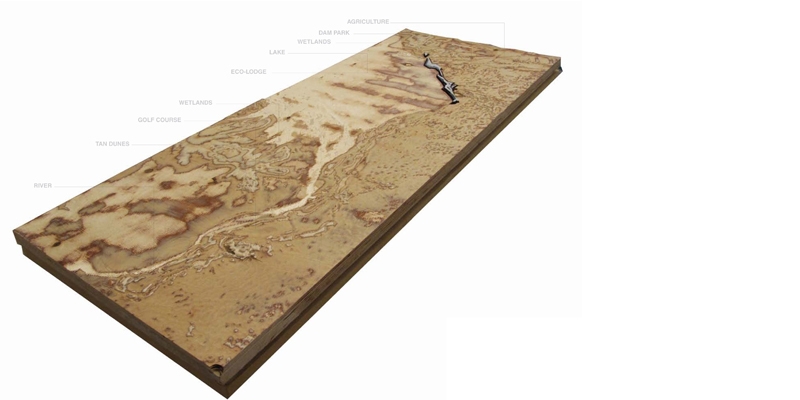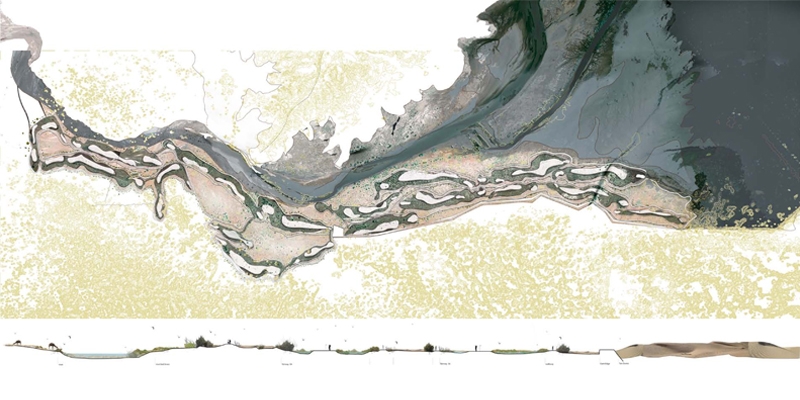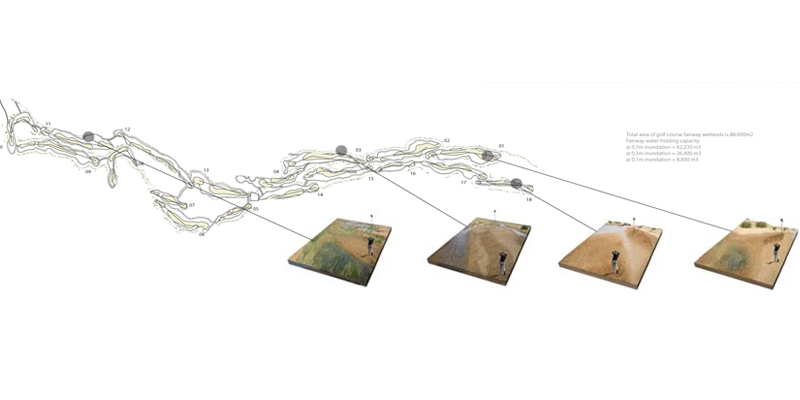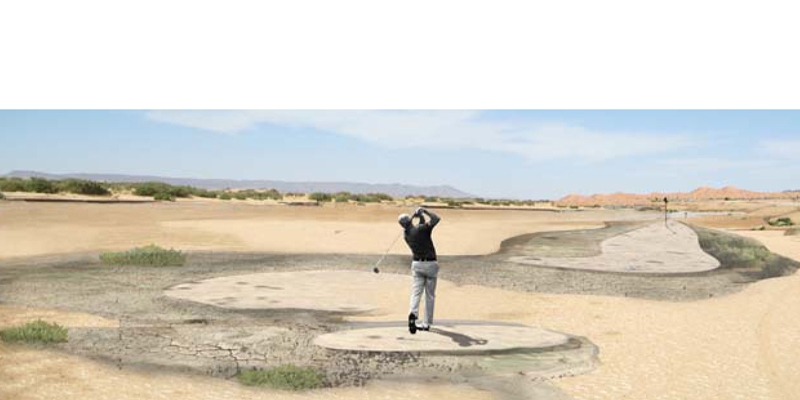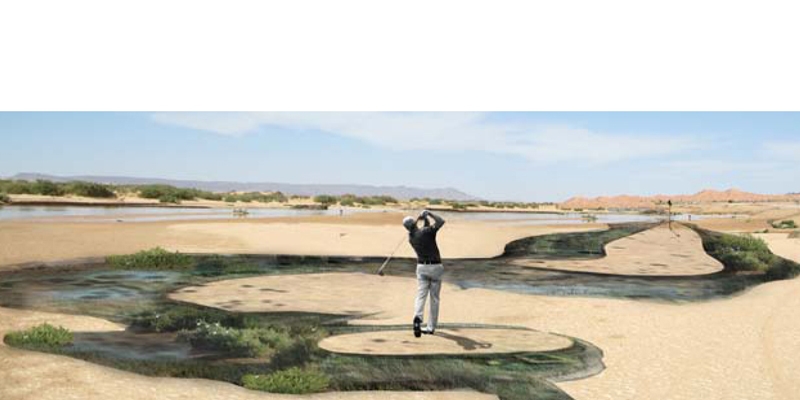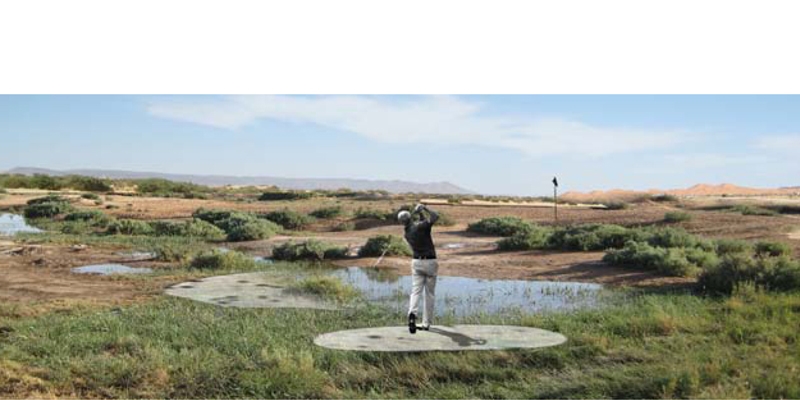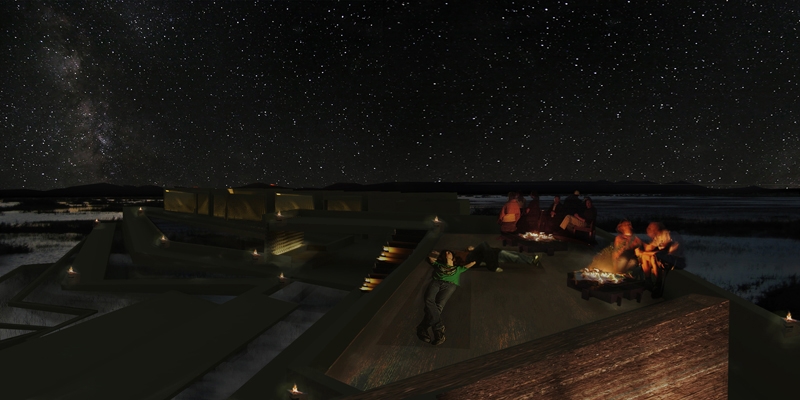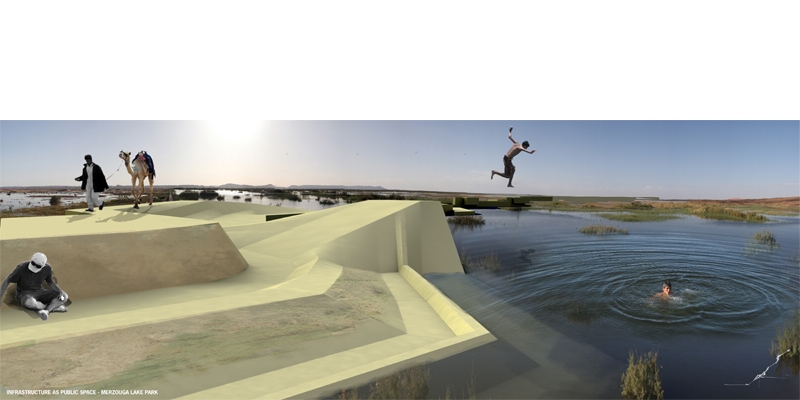DAM LODGE, BY FADI MASSOUD AND MATTHEW SPREMULLI
The Town of Merzouga, located in the Southern edge of the country, a few kilometers from the Algerian border, is home to some of the tallest and most impressive sand dunes in the Sahara Desert. Not long after the establishment of the first hotel in Merzouga, European and Arab tourists began flocking to Merzouga; and mass tourism, with all its shortcomings, began to change the face of the area. Theme hotel cliche’s built on floodplains, un-sustainable water usage in the form of swimming pools, and intense motorized activities on the dunes began to challenge both the ecological integrality of the area and the character of the site itself. With a mandated program of an eco-lodge and a golf course, this studio required the creative re-interpretation of activities deemed “un-sustainable” in this context. The design process led us to re-imagine potential for new tourism occupation and inhabitation in extreme climatic environments. We chose a site of intense parody, a site where water is ephemerally abundant and life cycles flourishes in the heart of the desert.
An existing small dam in the area holds water in an artificial lake within a natural depression. Leaks in the structure and the confluence of a seasonal river allowed for accidental flourishing wetlands to occur. The design premise for the project is to capitalize on these `mistakes` by allowing new structures and programs to augment ecologies and advance site processes. By allowing terracing and certain openings within the dam itself, new spaces for occupation and circulation emerge. Taking into consideration different levels of water in the lake depends on the time of year; grey water from the eco-lodge then gets circulated through the infrastructure to allow for a secondary system of wetlands to be interlaced with existing site processes and ecologies.
